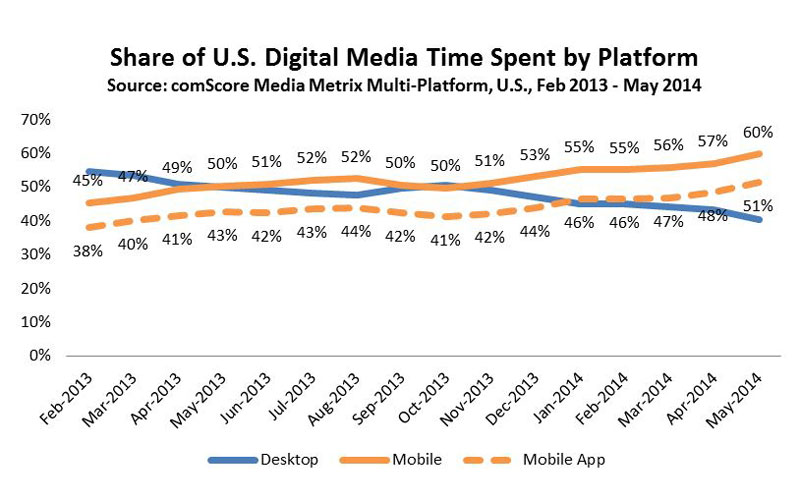For decades now, IT departments have been in charge of technology decisions in their organizations. Like any department in the enterprise, IT is concerned with adding value to the business, remaining relevant and growing—or at least holding on to—its slice of the budget. “Do more with less” has been drilled into IT pros’ heads for years.
It’s no wonder IT folks want to maintain control—their necks have been on the line for performance, security, compliance, data availability, and nearly everything else that kept the business running. They put a lot of blood, sweat, and tears into their infrastructures and a top-down organizational system that has worked well for a long time. And on IT’s recommendations, their employers have invested heavily in the desktop and datacenter, plus a massive software install base.
Enter the mobility revolution. Suddenly consumers have access to the internet anytime, anywhere. In just a few years, people got used to choosing their own mobile applications and downloading them to personal devices whenever they wanted. More and more of the time people spend on the internet is on a mobile device and, increasingly, via mobile applications.
As people fell in love with their devices and the performance of mobile apps, many of them started using their smartphones and tablets for work. It was easier and more convenient—and the user experience was often far superior.
We all started talking about “Bring Your Own Device” issues, and even the execs started paying attention (partly because they like their smartphones, too).
In fact, in a recent survey of C-level executives, 77 percent said mobility was among their top five priorities for 2014. Forty-three percent put mobile in their top two.1
Things are changing fast. Mobile apps are becoming critical business tools, as employees look to perform their job duties with whatever screen is handy. The enterprise is fast becoming a mobile-first environment—or at least it ought to be.
1Accenture, Mobility Research Report 2014, 2014









